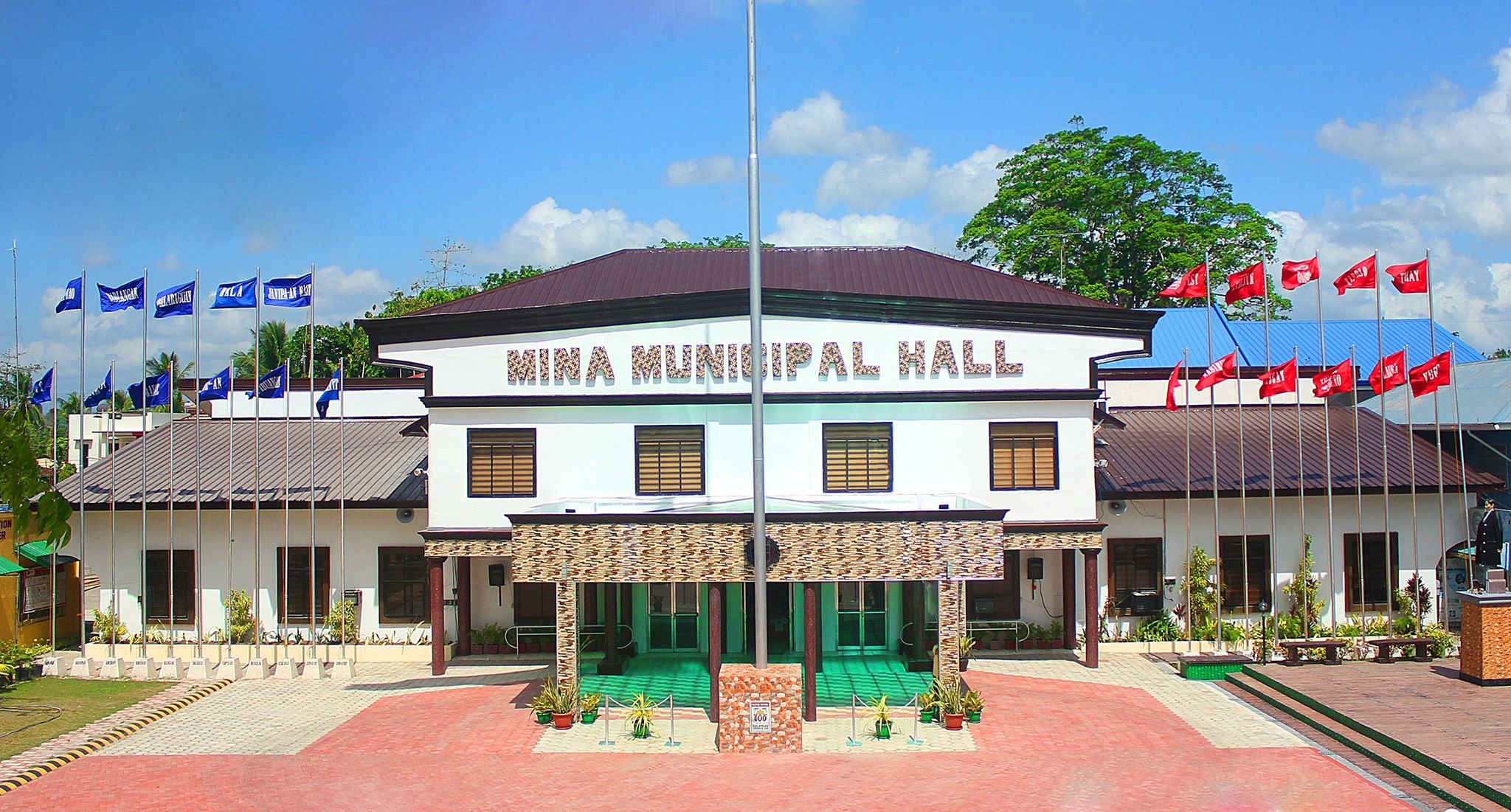 |
 |
 |
History |
| Years later, in the book entitled Monografias de los Pueblos de la Isla de Pan-ay of 1899 by Spanish historian Fray Juan Fernandez, OSA, indicates that there were already 49 municipalities in Iloilo which eventually was reduced to 43 but when the Americans organized the Civil Government of Iloilo on 11 April 1901 there were already 50 municipalities. ..
These were Ajuy, Alimodian, Anilao, Balasan, Banate, Barotac Nuevo, Barotac Viejo, Batad, Buenavista, Cabatuan, Calinog, Carles, Concepcion, Cordoba, Dingle, Dueñas, Dumangas, Estancia, Guimbal, Igbaras, Iloilo, Janiuay, Jaro, La Paz, Lambunao, Leganes, Lemery, Leon, Lucena, Maasin, Mandurriao, Miagao, Mina, Molo, Navalas, Nagaba, Nueva Valencia, Oton, Passi, Pavia, Pototan, San Dionisio, San Enrique, San Joaquin, San Miguel, Santa Barbara, Sara, Tigbauan, Tubungan and Zarraga. On 4 April 1903, however, these 50 towns were reduced to 17 with the passage of Act No. 719, the title of which reads “AN ACT REDUCING THE FIFTY-ONE MUNICIPALITIES OF THE PROVINCE OF ILOILO TO SEVENTEEN.” While there were only 50 towns in Iloilo then, a comma was placed between “Barotac” and “Viejo” in Section 1, sub-paragraph 14 of the law that made them all 51. Had there been no comma there, then was count would have been only 50. In effect, some of the smaller and poorer towns became suburbs (arrabal) of larger and richer municipalities. Only Arevalo and Oton were not given arrabals. The 15 other towns with suburbs were Balasan (Batad, Estancia, and Carles), Banate (Barotac, Viejo and Anilao), Buenavista (Navalas, Nagaba, and Nueva Valencia), Cabatuan (Maasin), Dumangas (Barotac Nuevo), Guimbal (Igbaras and Tubungan), Iloilo (La Paz, Mandurriao, Molo, and Jaro), Janiuay (Lambunao), Leon (San Miguel and Alimodian), Miagao (San Joaquin), Passi (Dueñas, San Enrique, and Calinog), Pototan (Mina and Dingle), Santa Barbara (Pavia, Leganes, Zarraga, and Lucena), Sara (Ajuy, Lemery, Concepcion and San Dionisio), and Tigbauan (Cordoba). A few years later, in the conformity of America’s rule, the Civil Government, The Philippine Commission, the Commonwealth Government, etc, and after undergoing the legal process, towns that were merged as a suburb of “big towns” eventually were allowed to return to its previous 1903 independent status. San Joaquin, for example, became an independent town again in 1910, Maasin in 1916 and Ajuy in 1917. Nagaba separated from Buenavista in 1918 and was renamed Jordan, Igbaras separated from Guimbal in 1919, and Concepcion separated from Sara in 1921. Pavia and Leganes were annexed to Iloilo in 1904. In 1908, Jaro became a municipality again and both Pavia and Leganes became its suburbs. Pavia, for its part, became a full-fledged municipality in 1921. Jaro, which then included Leganes, became a district of Iloilo City in 1937. It was only in 1940 that Leganes became a municipality again. The other towns that were restored include Tubungan (1938), Anilao (1939), Zarraga (1940), Lucena (1947, the word “New” was prefixed only in 1955), San Enrique (1957), Mina (1969) and Lemery (1984), among others. The town of Cordoba remains a barangay of Tigbauan until today. The same happened to the town of Navalas, still a barangay in Buenavista, Guimaras. The towns of Badiangan (1967), San Rafael (1969) and Bingawan (1970), which were formerly barrios of Janiuay, Barotac Viejo, and Calinog, had also regained their independence respectively.
WORLD WAR IIDuring World War II, the presence of Japanese occupation was also felt within Mina, hence, for three years, the Chapel in Brgy. Abat, Mina became the official parish of Mina, where the feast day of Our Lady of the Pillar was celebrated with a mass each year. Immediately after the liberation, the Parish went back to its original location. In 1947, Father Manuel Garin, then Parish Priest, having observed that the economic life of the people in the parish was pitifully difficult, he transferred the celebration to December 30 from October 12. The purpose of the change was to afford the parishioners the chance to have a decent and festive celebration. For two years, the religious activities were celebrated on December 30 after which the feast day was moved back to its original date, October 12 simultaneous with the celebration of Spain where the feast of the Lady of the Pillar was originated. After the war, Mina remained as an arrabal of Pototan. A group of local leaders residing in Mina made a petition to separate Mina, as an independent town from Pototan. On October 1, 1964, then-President Diosdado Macapagal signed Executive Order No. 106 creating the Municipality of Mina. Mina’s status as a municipality became controversial. A complaint filed by then-Senator Emmanuel Pelaez reached the Supreme Court. It had to do with the official acts of President Diosdado Macapagal issuing Executive Order for the creation of the Municipality of Mina, which Senator Pelaez found to be unconstitutional. The creation of a Municipality should be through a bill passed in Congress. The legality of President Macapagal issuance of Executive Order No. 106 was questioned. In the end, the Supreme Court ruled in favor of the complainant, Senator Pelaez, and ordered Mina to revert back to its status as an arrabal of Pototan. Its existence as an again independent Municipality was short-lived, only 14 months, from 1 January 1965 to 18 February 1966.
Mina Declared a MunicipalityIt was then-Congressman Ricardo Y. Ladrido of the Fourth District of the Province of Iloilo, who authored and sponsored House Bill No. 16661 creating the Municipality of Mina in 1968. On 9 September 1968, R.A. No. 5442 was passed, declaring Mina as a municipality of the Province of Iloilo. Researched and compiled by Lydia E. Grabato and Dory P. EmeloNAP records in the Spanish language was translated by: Maria Luisa Garcia (ret) Editor & translator of Spanish documents to English, a cataloguer of National Archive of the PhilippinesReferences:
|
